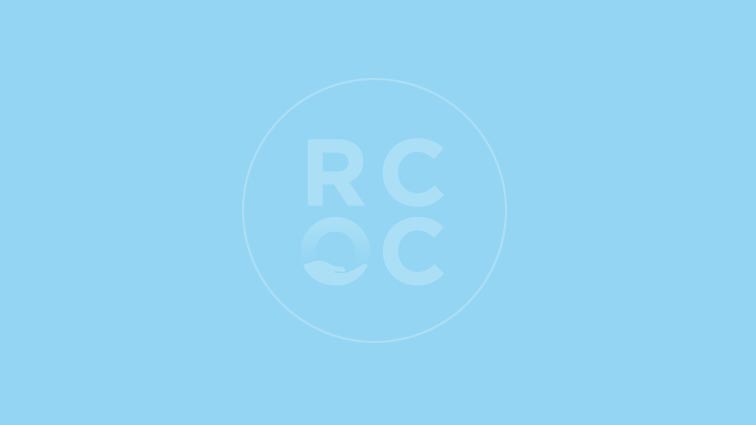Where people with developmental disabilities live is a major focus of the Lanterman Act, and our experience at RCOC is that no matter how severe an individual’s disability, or how significant their service needs or medical challenges, there is a place in the community where that person can live safely and with dignity.
When the time comes for you or your family member to transition to a home of their own, RCOC will be there to help with the process of identifying and accessing an appropriate place to live.
Here are several resources for families and individuals with developmental disabilities exploring community life.
Where I Can Live
This is an easy-to-read guide to living arrangements for both adults with developmental disabilities and parents considering out-of-home placement for their children with special needs. It answers many common questions consumers and families have about RCOC residential services and offers suggestions to help the person with disabilities come up with a vision of how, where and with whom they would like to live and to make good choices about what is best for them.
Community Care Facility Chart
Intermediate Care Facility Chart
These two charts provide an at-a-glance overview of the dozen or so different types of living arrangements available through RCOC. These range from non-licensed settings such as independent living or supported living in a typical apartment, on through to highly-structured, one-on-one, 24-hour care for those with the most intensive needs.
As with all services and supports paid for by RCOC, residential services are subject to Purchase of Service (POS) Guidelines adopted by the Board of Directors to ensure that RCOC exercises good stewardship of the tax dollars it spends on behalf of people with disabilities. RCOC follows these Guidelines when authorizing service requests for consumers and families.
